Hybrid Superconducting-Spin-Topological Qubits
This article is based on a lecture from QuTech.
Ref: YouTube: "Hybrid Devices for Quantum Computing" by Marta Pita-Vidal @ QuTech, TU Delft
https://www.youtube.com/watch?v=DWfjBdQMYCI
The lecture lists five types of qubits being researched at QuTech: superconducting qubits, spin quantum dot qubits, nitrogen-vacancy (NV) center in diamond qubits, Andreev qubits, and topological qubits.
Interestingly, apart from NV center qubits, spin quantum dot qubits, Andreev qubits, and topological qubits are all related to superconductivity to some extent.
Spin quantum dot qubits operate at temperatures \( \leq 1K\), and their control electrodes often enter a superconducting state.
Andreev qubits are created using the phenomenon of Andreev reflection.
Topological qubits often use a nanowire placed on a superconductor. The proximity effect induces superconductivity in the nanowire, creating topological quantum states at its ends.
Each type of qubit has its own pros and cons. Therefore, integrating different types of qubits offers the potential to combine their strengths and create higher-performance hybrid qubits.
Hybrid Type of Fluxonium
Here we introduce a hybrid of a superconducting Fluxonium qubit and a topological qubit.
The topological qubit used here is an \( InAs \) nanowire coated with a layer of \(Al\), which becomes superconducting at low temperatures.
Ref: Gate-Tunable Field-Compatible Fluxonium, 2020
10.1103/PhysRevApplied.14.064038
Andreev Bound States
Andreev reflection occurs at the interface between a normal conductor/semiconductor and a superconductor. The principle of superconductivity is based on Cooper pairs, which are pairs of two electrons. However, in a normal conductor, charge carriers are single electrons. When a single electron tunnels from the semiconductor into the superconductor, it must form a Cooper pair. To conserve charge, a hole is reflected back. If a superconductor/normal-conductor/superconductor junction is formed, Andreev Bound States can form in the normal region.
Ref: "Andreev bound states in supercurrent-carrying carbon nanotubes revealed", 2010
DOI: 10.1038/nphys1811
Transmon-Spin Hybrid Qubit
A Transmon integrated with a Spin Qubit.
Due to the spin-based junction, the properties of the Josephson junction become spin-dependent, leading to asymmetric characteristics.
Ref: "Talks - Quantum Matter for Quantum Technologies 2024 - Marta PITA-VIDAL, IBM Zurich/TU Delft",
https://www.youtube.com/watch?v=VEFzm_DcQ08
By replacing one of the Josephson junctions in a SQUID with a spin-based junction, the state of the spin qubit can be read out via the supercurrent. The idea behind this type of research is that superconducting qubits are currently the easiest to drive in a quantum circuit. While traditional spin qubits have longer coherence times, they are not as easy to manipulate as superconducting qubits. Therefore, by integrating spin qubits with superconducting circuits, the mature technology of circuit QED can be used to drive the spin qubits.
"Singlet-Doublet Transitions of a Quantum Dot Josephson Junction Detected in a Transmon Circuit", 2022
DOI: 10.1103/PRXQuantum.3.030311
To achieve quantum computation, multiple qubits must interact. Further experiments have demonstrated tunable coupling between two distant spin qubits mediated by a superconducting circuit.
Ref: "Strong tunable coupling between two distant superconducting spin qubits", 2024
DOI: 10.1038/s41567-024-02497-x
A circuit schematic from the experiment demonstrating tunable coupling between two distant spin qubits mediated by a superconducting circuit.
Ref: "Strong tunable coupling between two distant superconducting spin qubits", 2024
DOI: 10.1038/s41567-024-02497-x
Originally written in Chinese by the author, these articles are translated into English to invite cross-language resonance.
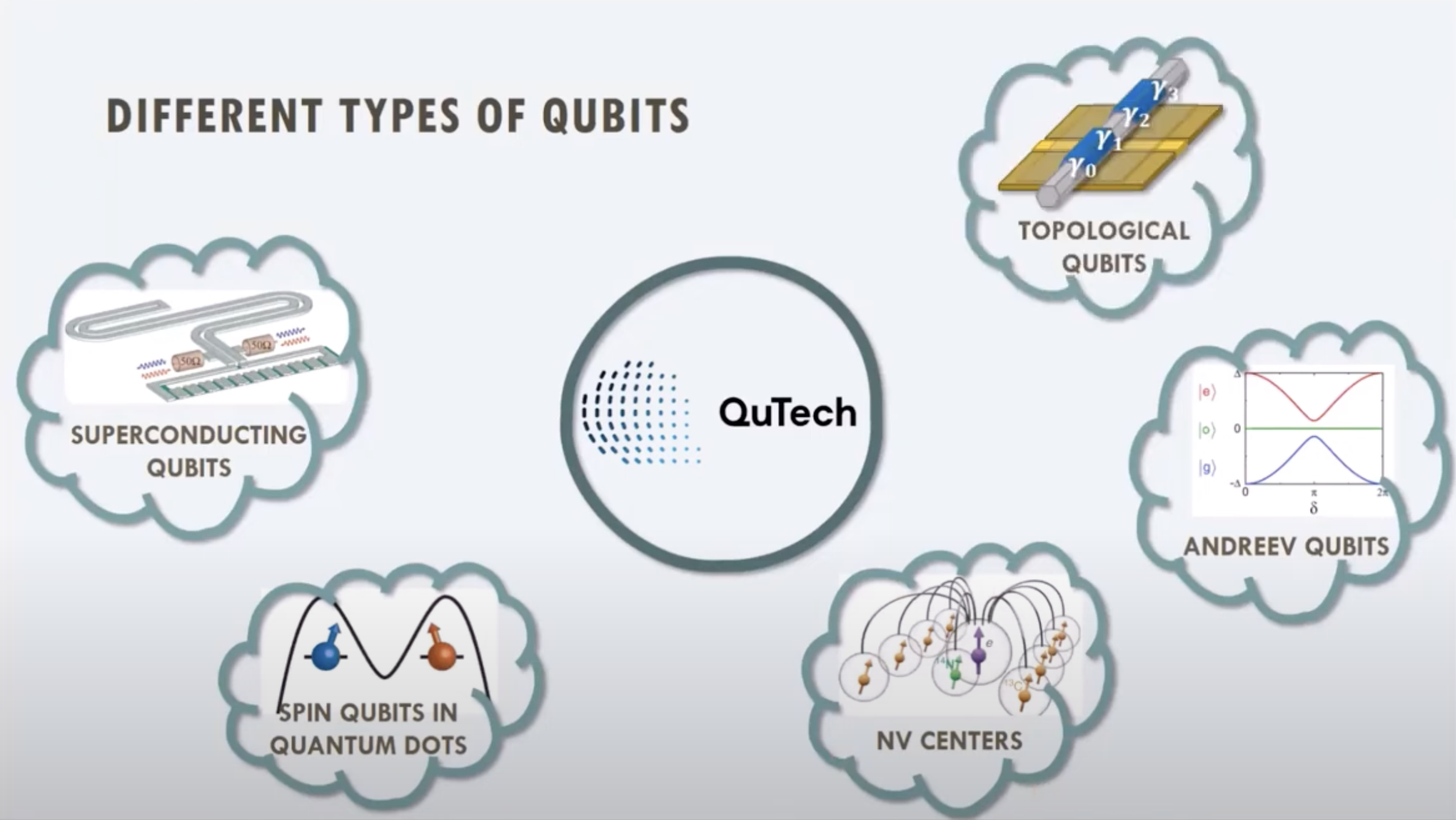
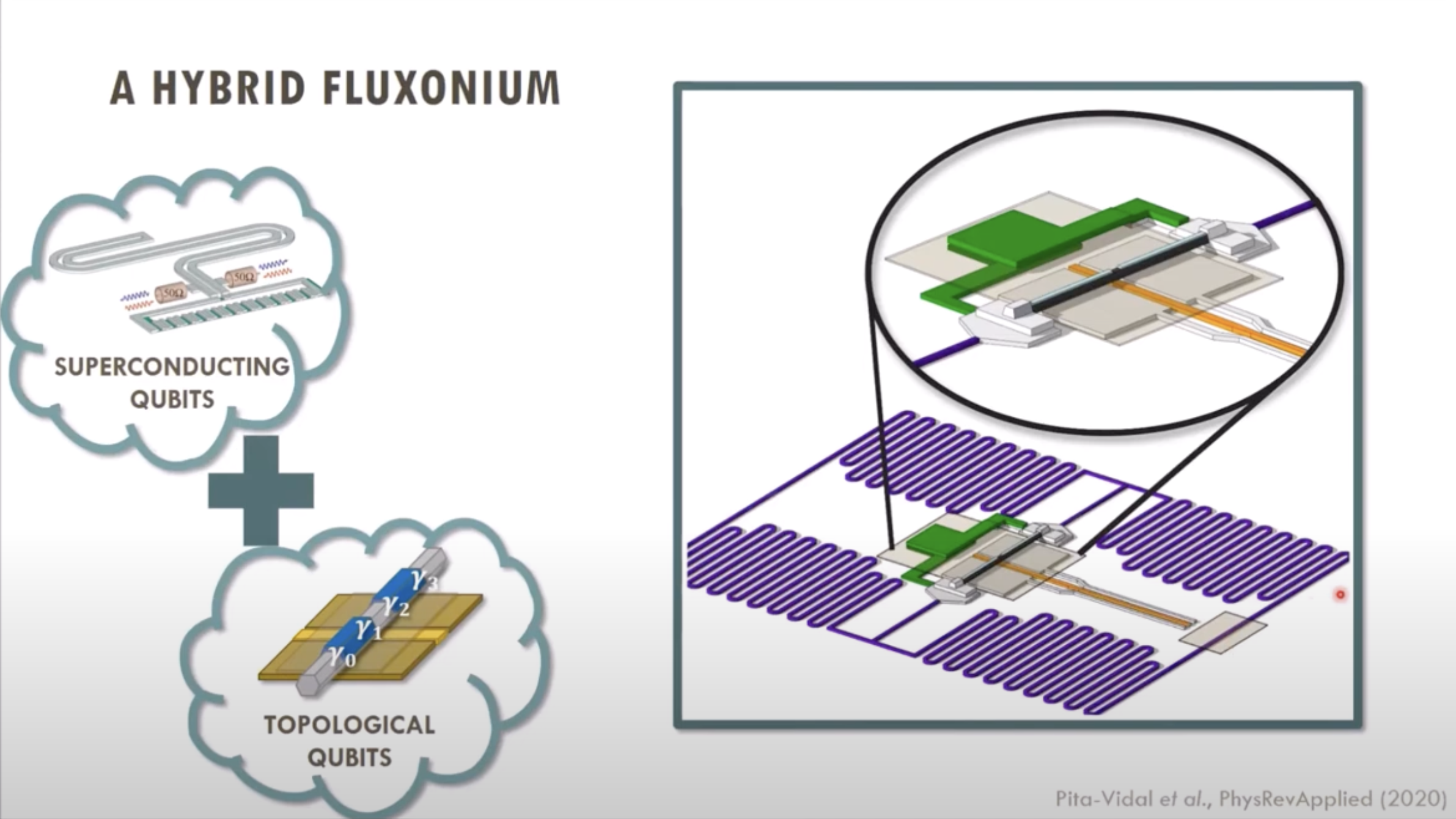
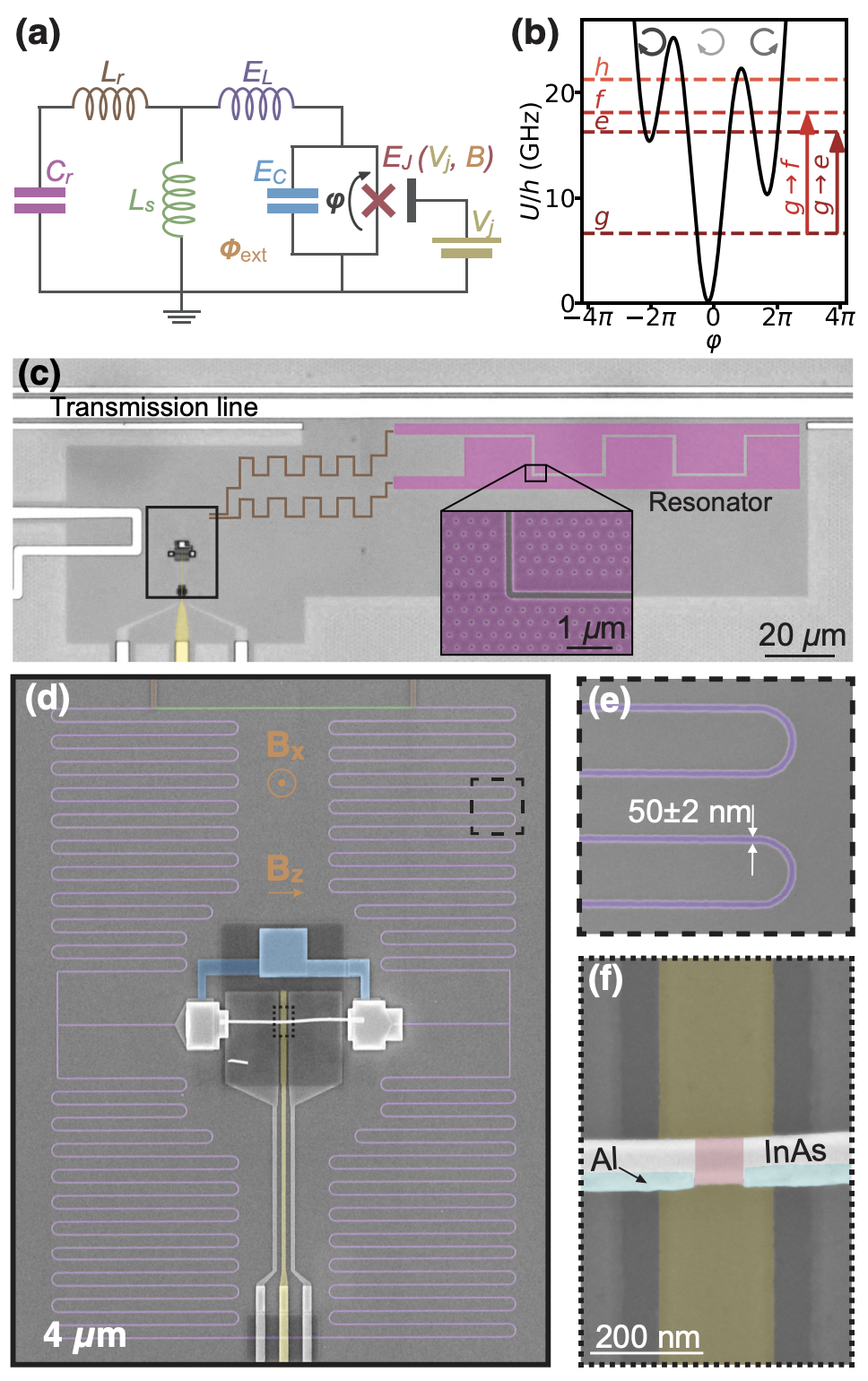
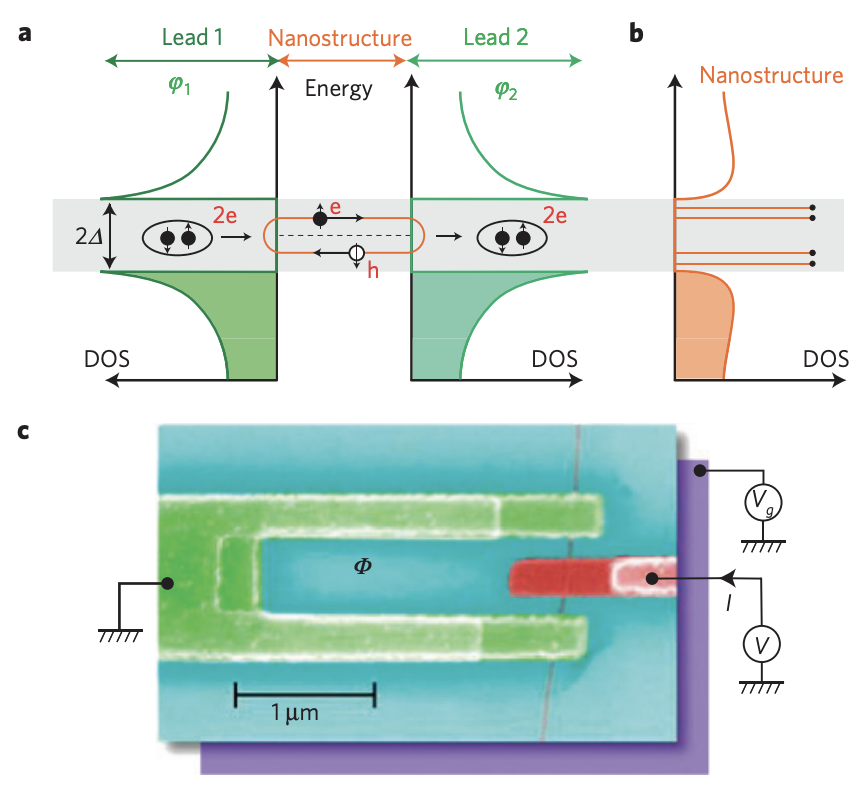
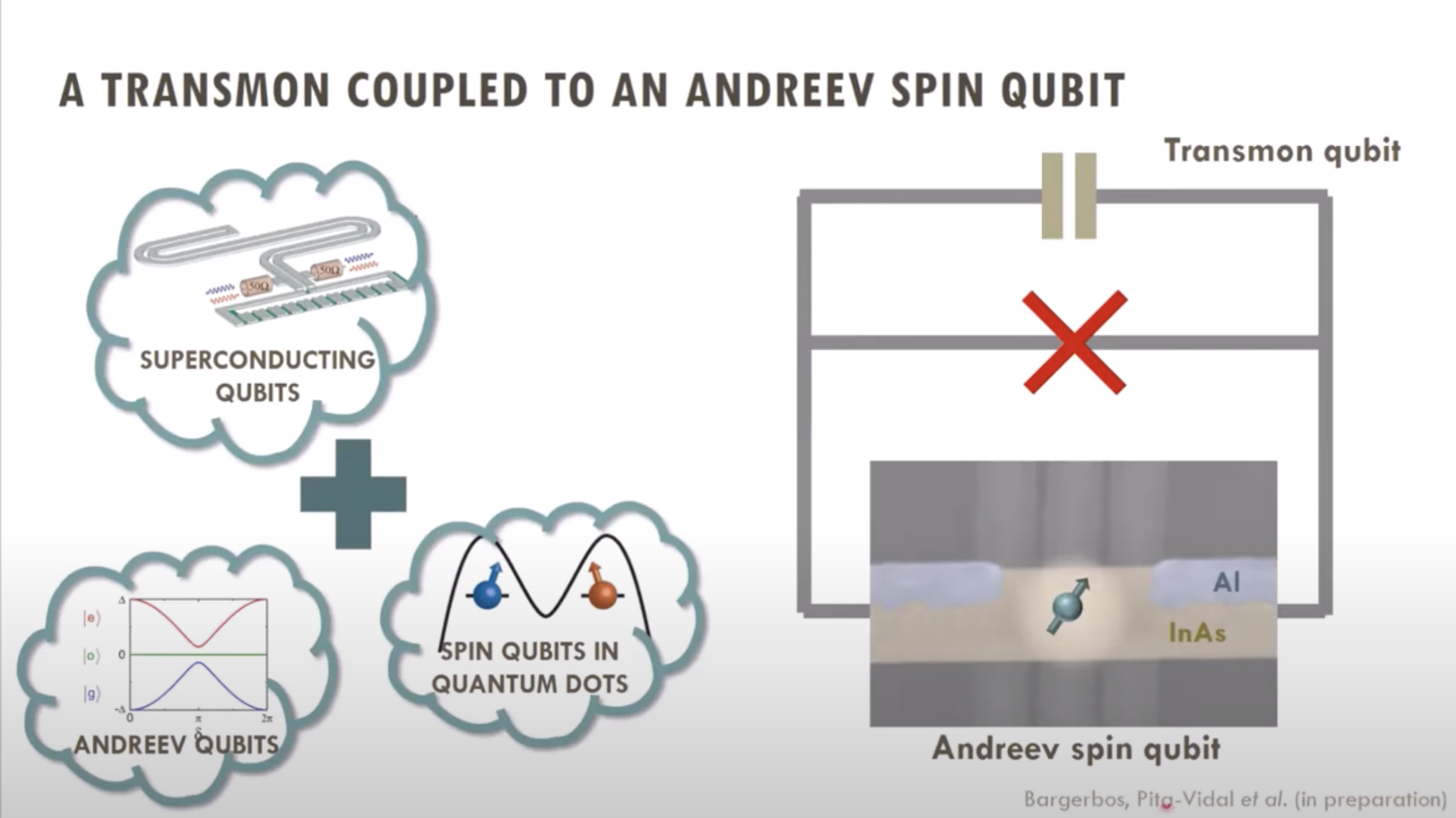
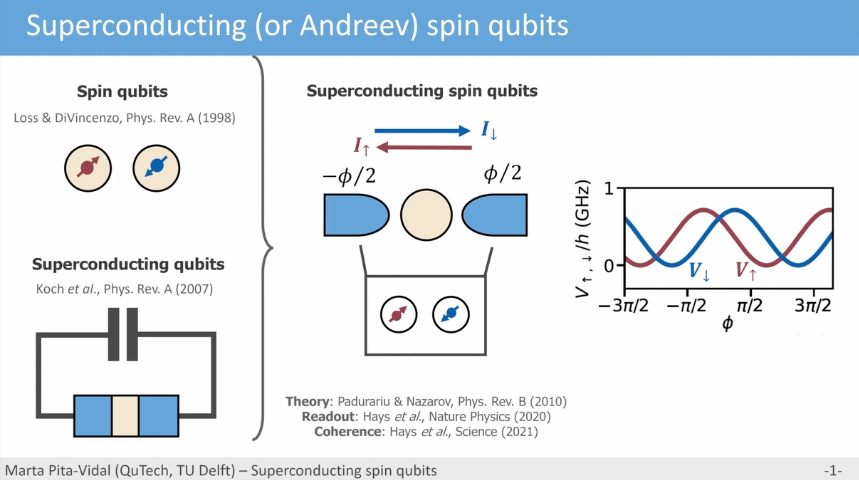
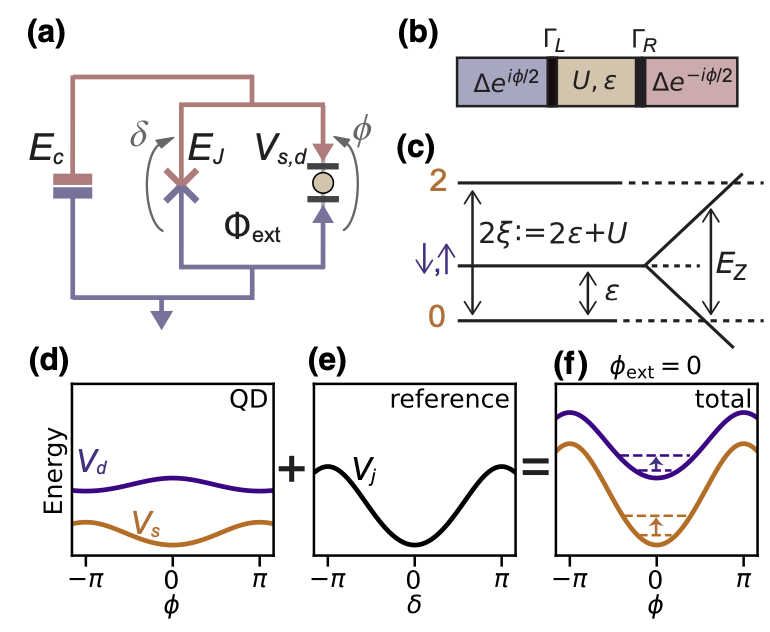
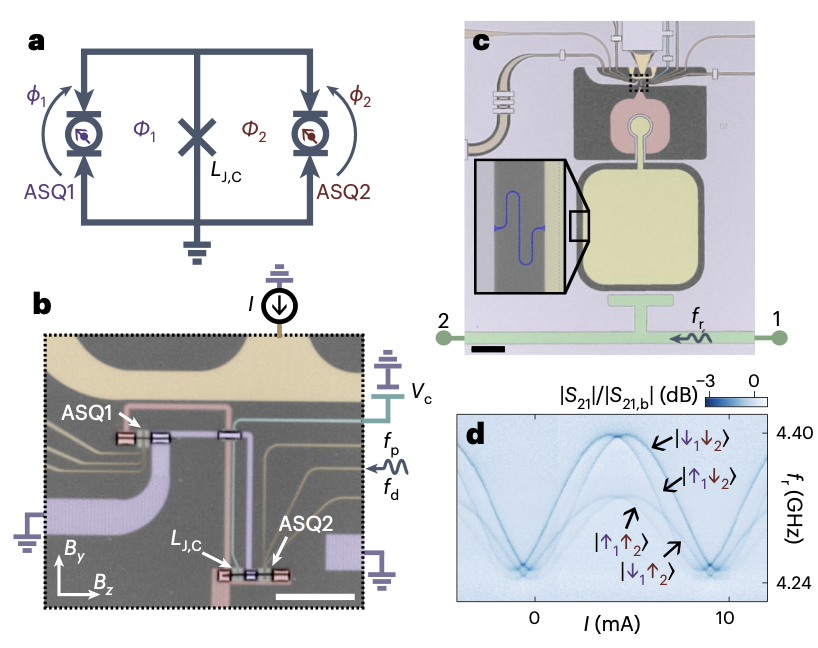
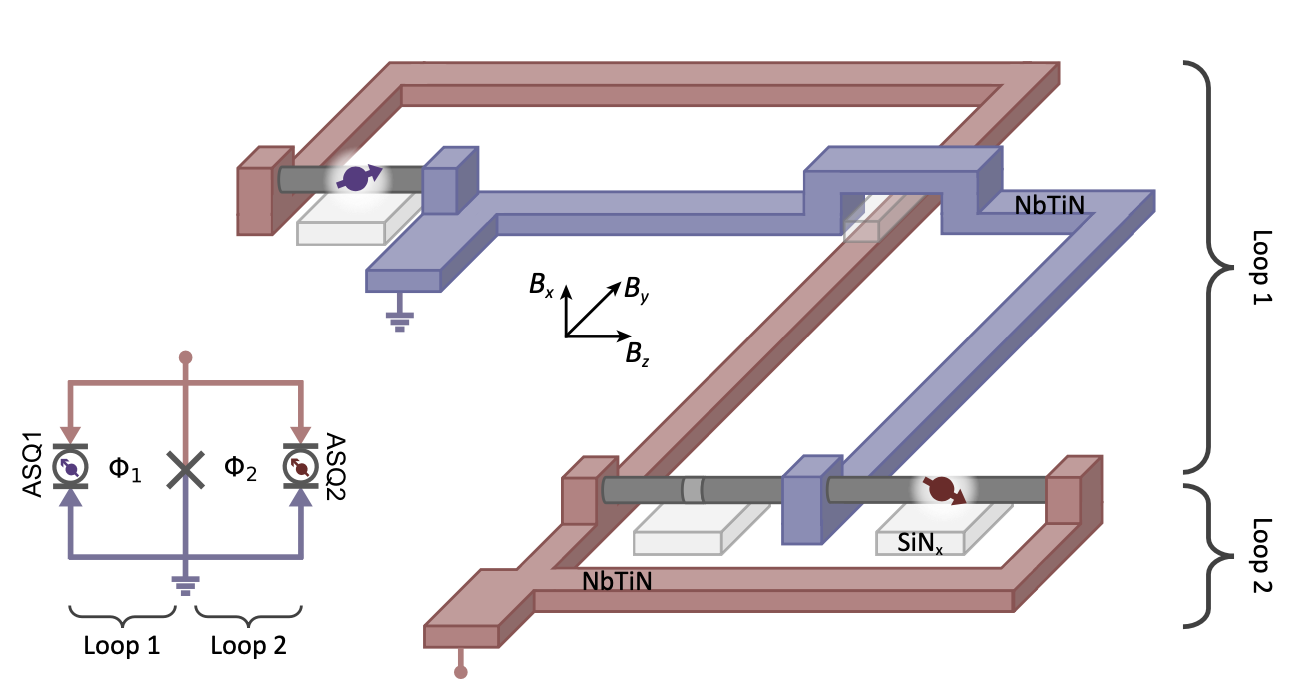
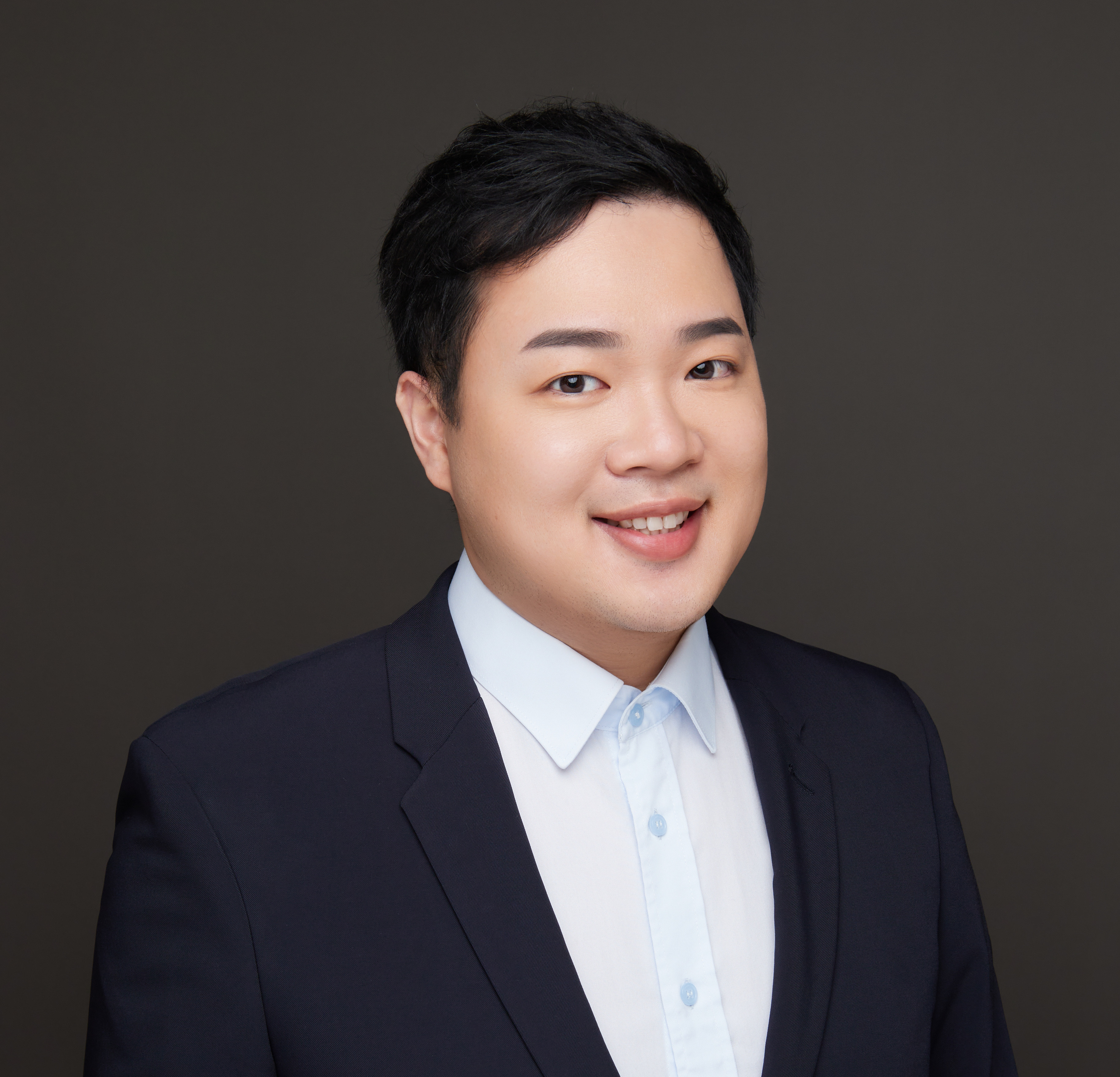 Peir-Ru Wang
Peir-Ru Wang